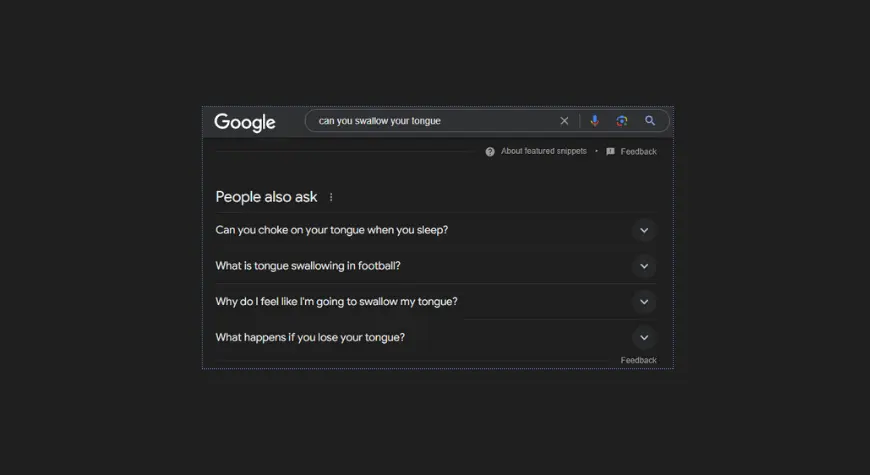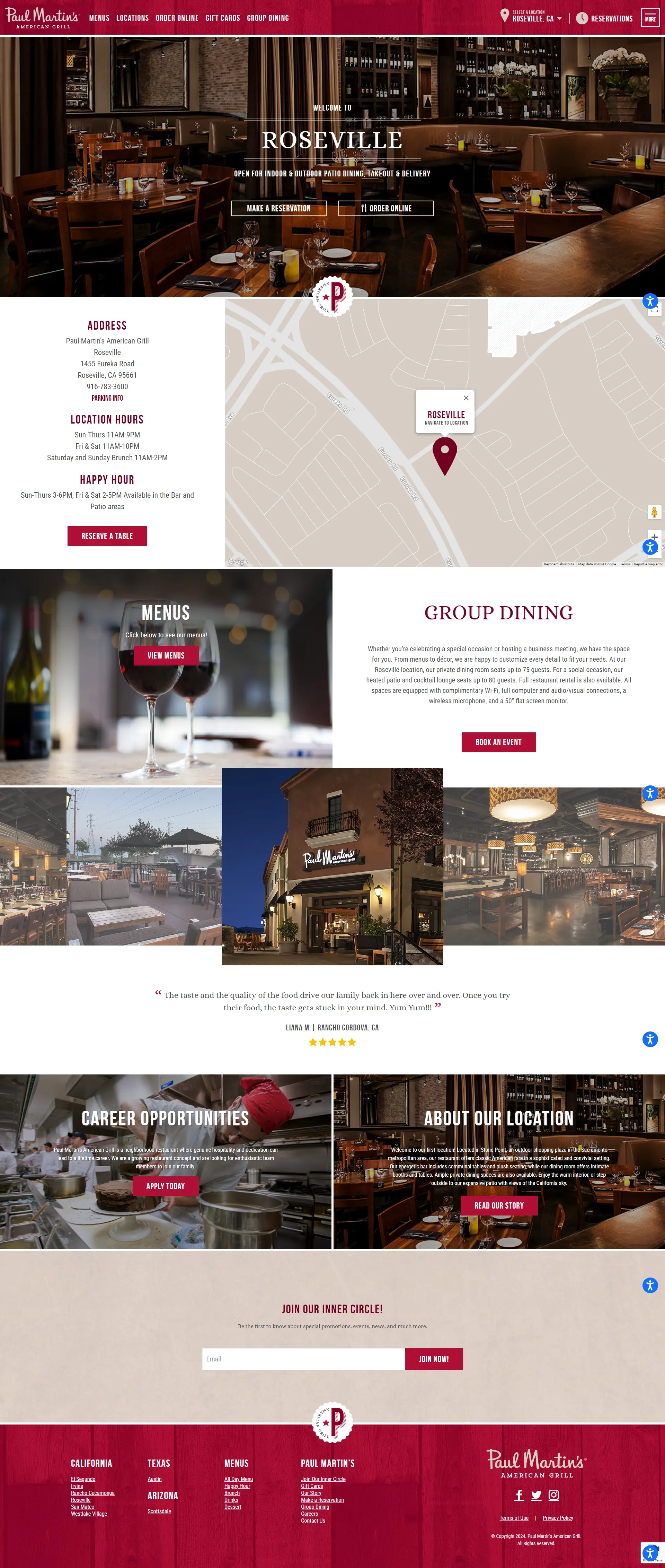Executive Summary: Google PAA
The “People Also Ask” (PAA) feature by Google, introduced in 2015, enhances user experience by providing quick answers to queries and encouraging further exploration of related topics.
PAA has become a significant element in search engine results pages (SERPs). In this article, we dive into the background of PAA, how people search, its usage, popularity, and its surprising applications in various fields, including comedy sketches, educational content, market research, and content ideation.
Understanding and leveraging the PAA feature can enhance user experience, drive traffic, and provide valuable insights for content creators and businesses.
FAQs About People Also Ask (PAA)
The PAA feature can help with content ideation by providing insights into common user queries.
The PAA feature is a valuable tool for content ideation, as it offers insights into the questions and topics that users frequently search for. By analyzing the questions that appear in PAA boxes, content creators can identify gaps in their existing content and generate ideas for new topics. This approach ensures that the content is relevant and addresses the needs and interests of the target audience. Additionally, creating content that answers common PAA questions can increase the likelihood of being featured in the PAA box, further boosting visibility and engagement.
To optimize content for the PAA box, focus on answering common questions clearly and concisely.
Optimizing content for the PAA box involves several key strategies. First, identify common questions related to your topic using keyword research tools and analyzing existing PAA boxes. Create content that directly answers these questions in a clear and concise manner. Use structured data markup, such as FAQ schema, to help search engines understand your content better. Additionally, ensure your content is well-organized with headings and subheadings, making it easy for Google to extract relevant information. Regularly update your content to keep it fresh and relevant, and monitor its performance to make necessary adjustments.
The “People Also Ask” feature works by displaying related questions and answers based on the user’s query.
The “People Also Ask” feature operates by analyzing the user’s query and generating a list of related questions that other users have frequently searched for. Each question can be expanded to reveal a concise answer, typically extracted from authoritative web pages. The PAA box dynamically updates as users interact with it, providing a continuous flow of relevant information. This feature leverages Google’s advanced algorithms to understand user intent and deliver the most pertinent results.
The PAA feature enhances user experience by providing quick answers and encouraging further exploration.
The PAA feature significantly enhances user experience by offering quick and relevant answers to users’ queries directly in the search results. This reduces the need for users to click through multiple search results to find the information they need. Additionally, the PAA box encourages further exploration by presenting related questions and topics, keeping users engaged and increasing the time spent on websites. By providing a seamless and efficient search experience, the PAA feature helps users find the information they need quickly and easily.
The PAA box appears in approximately 85% of search results.
The PAA box has become a common feature in search engine results pages, appearing in approximately 85% of search results according to a study by Moz. This widespread presence highlights the importance of optimizing content to appear in PAA boxes. The frequency of PAA box appearances varies depending on the search query and the availability of relevant questions and answers. By understanding the prevalence of PAA boxes, content creators can better strategize their SEO efforts to take advantage of this feature.
The PAA feature is used in various fields, including comedy sketches, educational content, and market research.
While the primary purpose of the PAA feature is to enhance search results, its applications extend beyond traditional SEO. For example, comedians and content creators have leveraged the PAA feature to create humorous sketches by exploring the bizarre and unexpected questions that appear in PAA boxes. Educators and online learning platforms use PAA boxes to identify common questions and create targeted educational content. Businesses use PAA boxes for market research, gaining insights into customer interests and pain points. Content creators also use PAA boxes as a source of inspiration for new topics, ensuring their content remains relevant and engaging.
Appearing in the PAA box increases visibility, drives traffic, and enhances credibility.
There are several benefits to appearing in the PAA box. Firstly, it increases the visibility of your content, as PAA boxes are prominently displayed in search results. This can lead to higher click-through rates and more organic traffic to your website. Secondly, being featured in the PAA box enhances your credibility, as it signals to users and search engines that your content is authoritative and relevant. Additionally, it provides an opportunity to capture a broader audience by addressing related questions and topics. Overall, appearing in the PAA box can significantly boost your SEO performance and online presence.
The Google PAA (People Also Ask) feature provides users with related questions and answers in search results.
The Google PAA (People Also Ask) feature, introduced in 2015, is designed to enhance user experience by displaying a list of related questions and answers directly in the search engine results pages (SERPs). When a user clicks on a question, it expands to reveal a brief answer, often sourced from high-ranking web pages. This feature helps users find relevant information quickly and encourages further exploration of related topics.
The PAA feature plays a crucial role in market research by providing insights into customer interests and pain points.
The PAA feature is a valuable tool for market research, as it offers insights into the questions and topics that users frequently search for. By analyzing the questions that appear in PAA boxes, businesses can gain a better understanding of customer interests, pain points, and needs. This information can inform product development, marketing strategies, and customer service improvements. Additionally, businesses can use PAA insights to create targeted content that addresses customer queries and positions their brand as a trusted authority in their industry. Overall, the PAA feature provides valuable data that can drive informed decision-making and enhance business strategies.
The PAA feature is important for SEO because it increases visibility and drives traffic to websites.
The PAA feature plays a crucial role in SEO by enhancing the visibility of websites featured in the PAA box. When a website’s content is selected to answer a PAA question, it gains increased exposure and credibility. This can lead to higher click-through rates and more organic traffic. Additionally, appearing in the PAA box can improve a website’s overall search ranking, as it signals to Google that the content is relevant and authoritative. Optimizing content to appear in PAA boxes is a valuable strategy for boosting SEO performance.
A Deep Dive into Google PAA (People Also Ask)
Introduction to PAA
The “People Also Ask” (PAA) box, which has become a staple in search engine results pages (SERPs). This blog post delves into the background of PAA, how people search, its usage, popularity, and its surprising applications in various fields.
Background of Google PAA
The “People Also Ask” feature was introduced by Google in 2015 as part of its ongoing efforts to improve search results. The PAA box appears in the SERPs and contains a list of questions related to the user’s query. Each question can be expanded to reveal a brief answer, often sourced from high-ranking web pages. This feature aims to provide users with quick answers to their queries and encourage further exploration of related topics.
How People Search
Understanding how people search is crucial to grasping the significance of the PAA feature. Users typically enter queries into search engines to find specific information, solve problems, or satisfy their curiosity. These queries can be broadly categorized into three types:
- Navigational Queries: Users seek a specific website or page.
- Informational Queries: Users look for information on a particular topic.
- Transactional Queries: Users intend to perform a specific action, such as making a purchase.
The PAA feature primarily caters to informational queries, providing users with a range of related questions and answers that can help them find the information they need quickly.
How PAA is Used
The PAA box serves multiple purposes for both users and website owners:
- Enhanced User Experience: PAA boxes provide users with quick answers to their questions, reducing the need to click through multiple search results.
- Increased Visibility: Websites featured in PAA boxes gain increased visibility and traffic, as users are more likely to click on these links.
- Content Discovery: PAA boxes encourage users to explore related topics, leading to increased engagement and time spent on websites.
Popularity of PAA
The popularity of the PAA feature has grown significantly since its introduction. According to a study by Moz, PAA boxes appear in approximately 85% of search results. This widespread presence highlights the importance of optimizing content to appear in PAA boxes, as it can drive significant traffic and improve SEO performance.
PAA in Various Applications
While the primary purpose of PAA is to enhance search results, its applications extend beyond traditional SEO. Here are some surprising ways PAA is used:
- Comedy Sketches: Comedians and content creators have leveraged the PAA feature to create humorous sketches. By exploring the bizarre and unexpected questions that appear in PAA boxes, they craft comedic content that resonates with audiences.
- Educational Content: Educators and online learning platforms use PAA boxes to identify common questions and create targeted educational content. This approach helps address students’ needs and provides valuable resources for learning.
- Market Research: Businesses use PAA boxes to gain insights into customer interests and pain points. By analyzing the questions that appear in PAA boxes, companies can tailor their products and services to better meet customer needs.
- Content Ideation: Content creators and bloggers use PAA boxes as a source of inspiration for new topics. By exploring related questions, they can generate ideas for blog posts, videos, and other content formats.
Conclusion
The “People Also Ask” feature is a powerful tool that enhances user experience, drives traffic, and provides valuable insights for content creators and businesses. By understanding the background, usage, and popularity of PAA, as well as its applications in various fields, you can leverage this feature to improve your SEO strategy and create engaging content that resonates with your audience. Whether you’re a marketer, educator, or content creator, the PAA feature offers endless possibilities for innovation and growth.
Need Help Leveraging PAA for Your Business?
Ready to take your SEO strategy to the next level? At MNKY.agency, we specialize in optimizing your online presence and driving results. Whether you need help with content creation, SEO optimization, or digital marketing, our team of experts is here to support you every step of the way.
Book a Free Consultation today, and discover how we can help you achieve your digital marketing goals. Let’s make your website stand out and attract more visitors!















